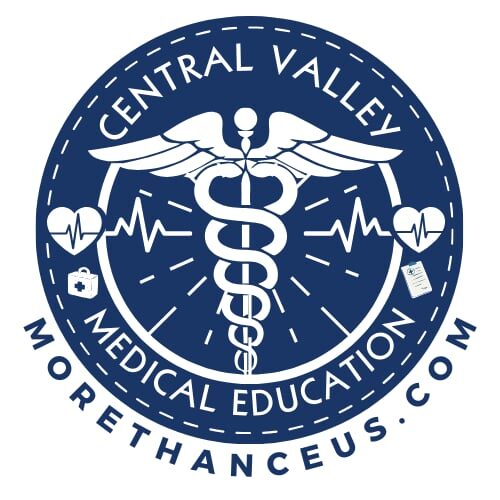OSHA Bloodborne Pathogens Standard
The Occupational Safety and Health Administration (OSHA) Bloodborne Pathogens Standard (29 CFR 1910.1030) was established in 1991 to protect workers from the health hazards associated with exposure to blood and other potentially infectious materials (OPIM). It remains the cornerstone regulation for preventing occupational transmission of diseases such as HIV, Hepatitis B (HBV), and Hepatitis C (HCV) among healthcare workers.
This federal standard applies to any employee who may come into contact with blood or OPIM as part of their job responsibilities, including nurses, physicians, EMTs, lab personnel, housekeeping staff, and others.
🧾 Core Components of the Standard:
- Exposure Control Plan (ECP)
- Every facility must develop a written plan outlining procedures for minimizing exposure.
- Must be reviewed and updated at least annually or whenever new tasks or procedures are introduced.
- Universal Precautions
- All blood and bodily fluids are treated as if infectious, regardless of perceived risk.
- This foundational concept is the basis for all exposure prevention.
- Engineering Controls
- Includes devices and equipment designed to remove or reduce the hazard (e.g., retractable needles, needleless systems, puncture-proof sharps containers).
- Work Practice Controls
- Procedural changes that reduce the likelihood of exposure (e.g., no recapping of needles, immediate disposal of sharps).
- Personal Protective Equipment (PPE)
- Employers must provide and ensure the proper use of PPE, such as gloves, gowns, face shields, and masks — at no cost to the employee.
- Hepatitis B Vaccination
- Must be offered free of charge to all employees with occupational exposure risk.
- Declination must be documented using OSHA’s approved form.
- Post-Exposure Evaluation and Follow-Up
- Facilities are required to have a clear and confidential procedure for managing exposures, including lab testing and medical consultation.
- Training & Education
- Initial and annual training is required for all at-risk employees.
- Must be documented and delivered in a language the employee understands.
- Recordkeeping
- Employers must maintain detailed records on exposure incidents, training, and HBV vaccination for specified durations.
🧠 Key Takeaways:
- The OSHA standard is not optional — it’s a federal requirement.
- Compliance is the legal and ethical baseline for healthcare employers.
- The standard empowers workers by ensuring consistent, safe practices across all clinical settings.
